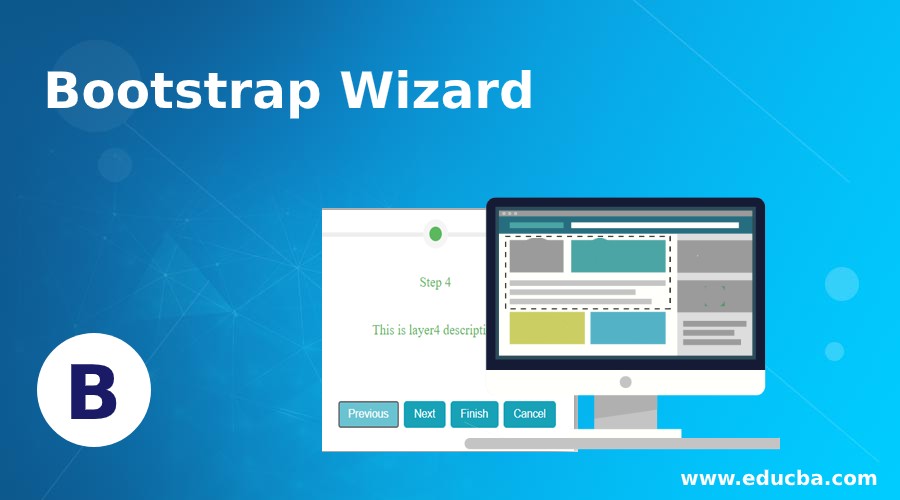

The number of creatures in your party is how many of those roles you can fill with a creature you control.

That's the intro.Īn homage to classic adventuring parties, the new party mechanic highlights four specific creature types: Cleric, Rogue, Warrior, and Wizard. Helper cards are optional, but you should use them or opaque sleeves, if not both. If it's in a hidden zone, use the helper card. During the game, if the card is in a public zone, swap in the real card. You can't use helper cards to jot down sideboarding notes, recipes, or anything not found on the card. Write down the name of the card you're representing, along with any other information visible on the actual card. This helper card is a substitute for the actual double-faced card, which you must have in your possession. To accomplish this, you can use opaque sleeves (and you probably already are), and you can also use these helper cards. When playing with double-faced cards, either the traditional transforming ones or their shiny new modal cousins, it's important to that your cards are indistinguishable from one another. If an effect allows you to cast instant spells from your graveyard, you could cast Valakut Awakening, but you couldn't play Valakut Stoneforge. So, if you're searching your library for a land card, you can't find a modal double-faced card whose front face isn't a land card. While a modal double-faced card is in your hand, your graveyard, or exile, it has the characteristics of its front face only. Most of the rules that govern how transforming double-faced cards apply to the new modal variety. Good on mana but need more action? Cast Valakut Awakening. When you play a modal double-faced card, you choose which face you're playing. Like previous double-faced cards, modal double-faced cards have two card faces, one on each side of the card.


 0 kommentar(er)
0 kommentar(er)
